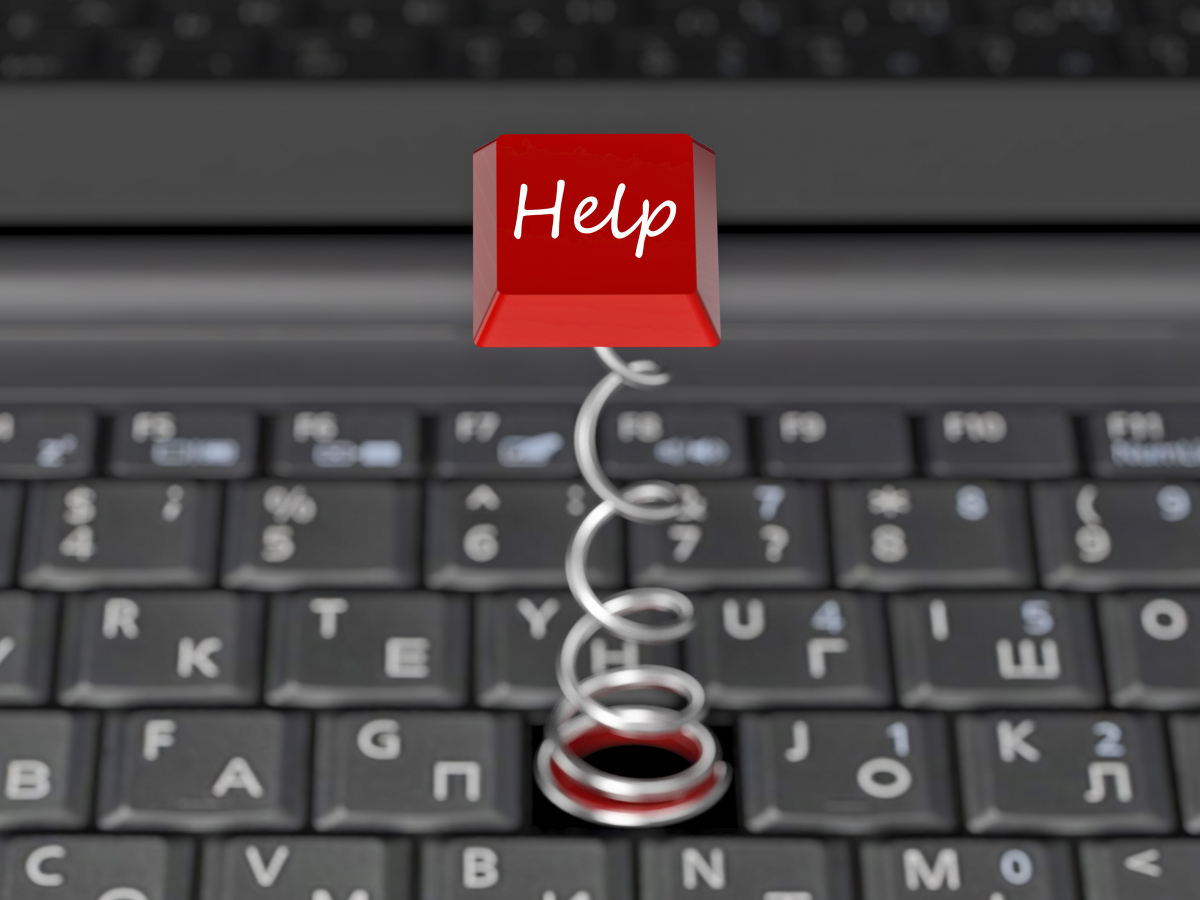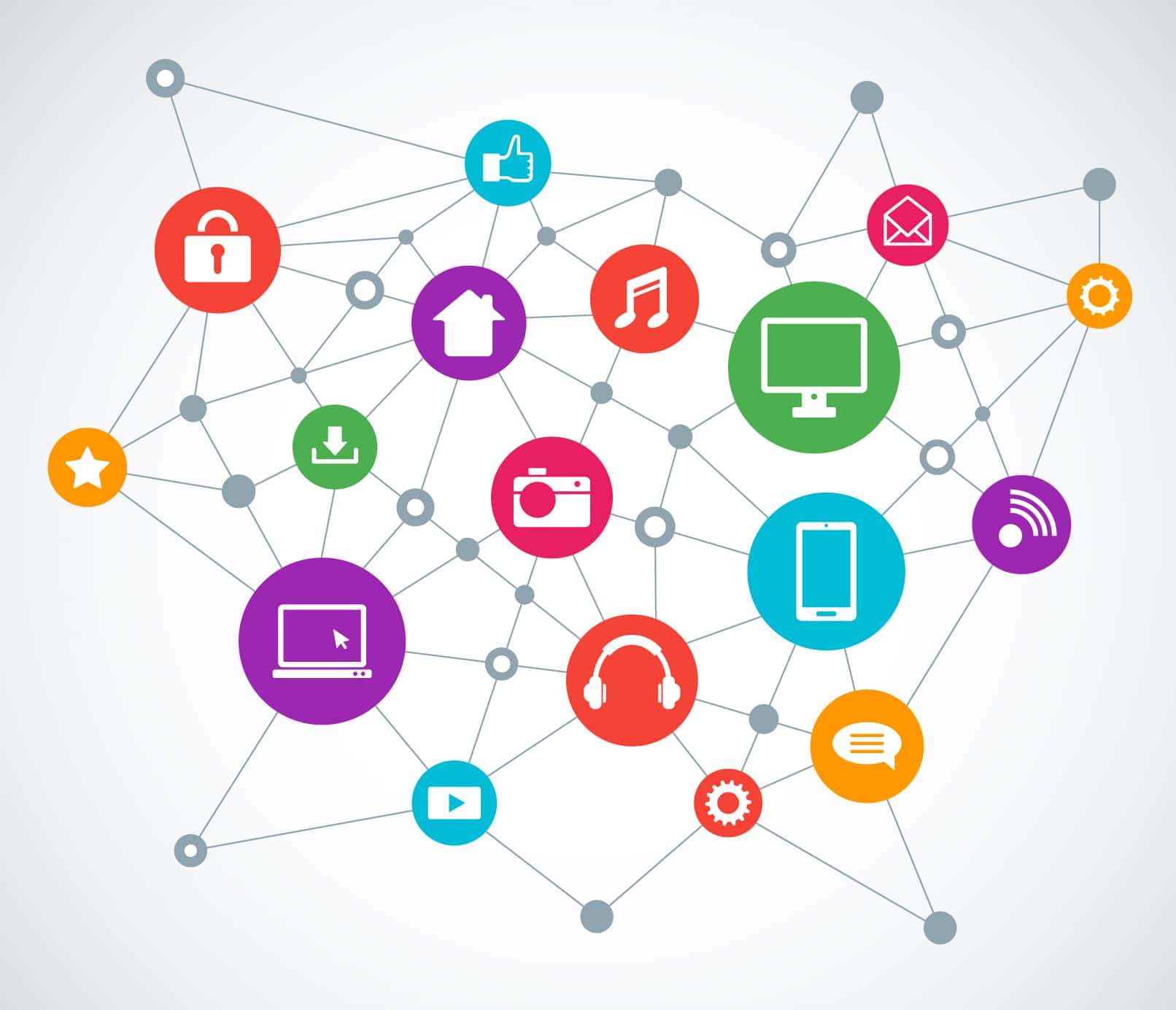BTT1O
Unit 1: Get Your Tech On!
Activity 2: Tools of the Trade
Hardware, Software, Under Where?!?

|
Let’s get started with the basics. Although for some students this may be a review, we need to all start at the beginning. Watch the following short video for an overview of the basics of a computer. |
Hardware is any part of your computer that you can physically touch.
Hardware components will vary from one computer to the next but they all fit into one of the following four categories:
If you're working on a tablet, click here to open the following interactive in its own window instead of using the embedded version below.
Time to Dig Deep
There are many parts to a computer and you may already know the function for the following computer hardware components. You may need to do a bit of independent research to complete the following interactive task. Drag and drop each word into the correct category once you understand their meanings. The words will only stay in the correct column, otherwise they will slide back into the word bank. You may want to start a document that will act like a dictionary with terms and their definitions as the course continues. At the end of every unit we will have a quiz covering the new terms you are learning. Make sure you understand what each component does.
The Parts of A Computer
 Definition Drop-Off
Definition Drop-Off
TIPS FOR SUCCESS!
Set up a document to list the name and definitions of computer and information technology terms you will learn as the course goes on. Any time a definition pops up you should include it here. There will be a terminology quiz at the end of every unit in this course. Add this to your Portfolio.
 The Story of my Life
The Story of my Life
Now that you have identified the various components of a computer, it’s time to apply your new learning in a fun and creative way! You will pretend to be one component of a computer and explain in a story how you interact with the other parts of a computer.
- Choose one of the components of a computer
- Tell a creative story from that parts’ perspective or point of view:
- Explain your role
- Describe who you live near
- Discuss who you might work with and how
For example, I might write a story from the perspective of the Motherboard. I would talk about how I am the backbone of the family and it is me that distributes all the power and energy to everyone else. I might highlight that without me there would be no work done.
Share your story with a friend or caring adult in any format you wish (you might be thinking about your learning style from the previous activity) You can record your story in a written format, you can enter it as an oral recording or you could create a visual such as a Powtoon. See if your friend or caring adult understands the role of your component.
Pulling the Pieces Together
Now that you understand all the components, how exactly do they speak to each other? The answer to that lies in the Operating System. Watch the following video to see how the Operating System works.
The Operating System is an example of Software (definition:Software is any program that tells your computer how to perform a task. Don't forget to add this to your definition drop off! ) .
Other examples of software you might be familiar with are:
- Word processing (Microsoft Word, WordPerfect, Google Docs, Pages)
- Image and photo processing (Paint, Adobe Photoshop Elements, Adobe Photoshop, Print Shop Pro, Mac’s Preview)
- Presentation Software (Powerpoint, Prezi, Google Slides)
- Audio software (iTunes, Windows Multimedia Player)
- Other utilities such as your Internet browser, calculator, clock, etc.
The part of the Operating System that you can see is called theGraphical User Interface (GUI). (definition:a visual way of interacting with a computer using items such as windows, icons, and menus. Don't forget to add this to your Definition Drop-off! ) Just as with computer hardware, the GUI or the image you see on each person’s screen varies. PC’s will have an interface similar to the desktop image below and Apple products (iMacs and MacBooks) have a Dock instead of a Task Bar but like a PC, there are many quick launch icons.
Some of the most common things you might see include icons which are a picture that represents a program. You should double click the icon to open the program. The Icons you might see on your desktop may include:
|
All By My Lonesome?
|
In the beginning, there was a computer all by itself. We call this a stand-alone or workstation computer. It is not connected to anything else. However, just as with human nature, we know there is strength in numbers and that we can often accomplish more as a member of a team. When we connect computers together this is called a network. The internet is the largest network in the world. The company that you use to access the internet is your network provider. But how do the computers speak to each other and the other devices they are connected to? Check out this video to learn about how networks work. |

Workstation Blues…
Some of us are neat freaks. Some of us like to work in what we might call organized chaos. The environment in which your computer is set up is called your workstation. Workstations have evolved over time and look very different if you work in an office with a lot of people or if you work from home. Here are two different videos demonstrating how workstations might look now.
Large Office
Home Office
 My Workstation
My Workstation
TRY THIS -- Describe the workplace environment that you are working at right now. This includes your technology, your desk, your chair and any pieces of hardware that are connected. Use the checklist below.
❏ Identify all the input and output devices that you have used to complete your work so far.
❏ Name the operating system you are using.
❏ Name the software program(s) you use most often and why you use them?
❏ Name the icon you use on your graphical user interface the least. Explain why you rarely use it.
❏ Are you connected by a network? Do you know who your network provider is and what tools (hardware and software) you use to connect to your network?
❏ Name the features of your workstation environment that you feel are effective or positive.
❏ Identify what should be changed to improve your workstation.